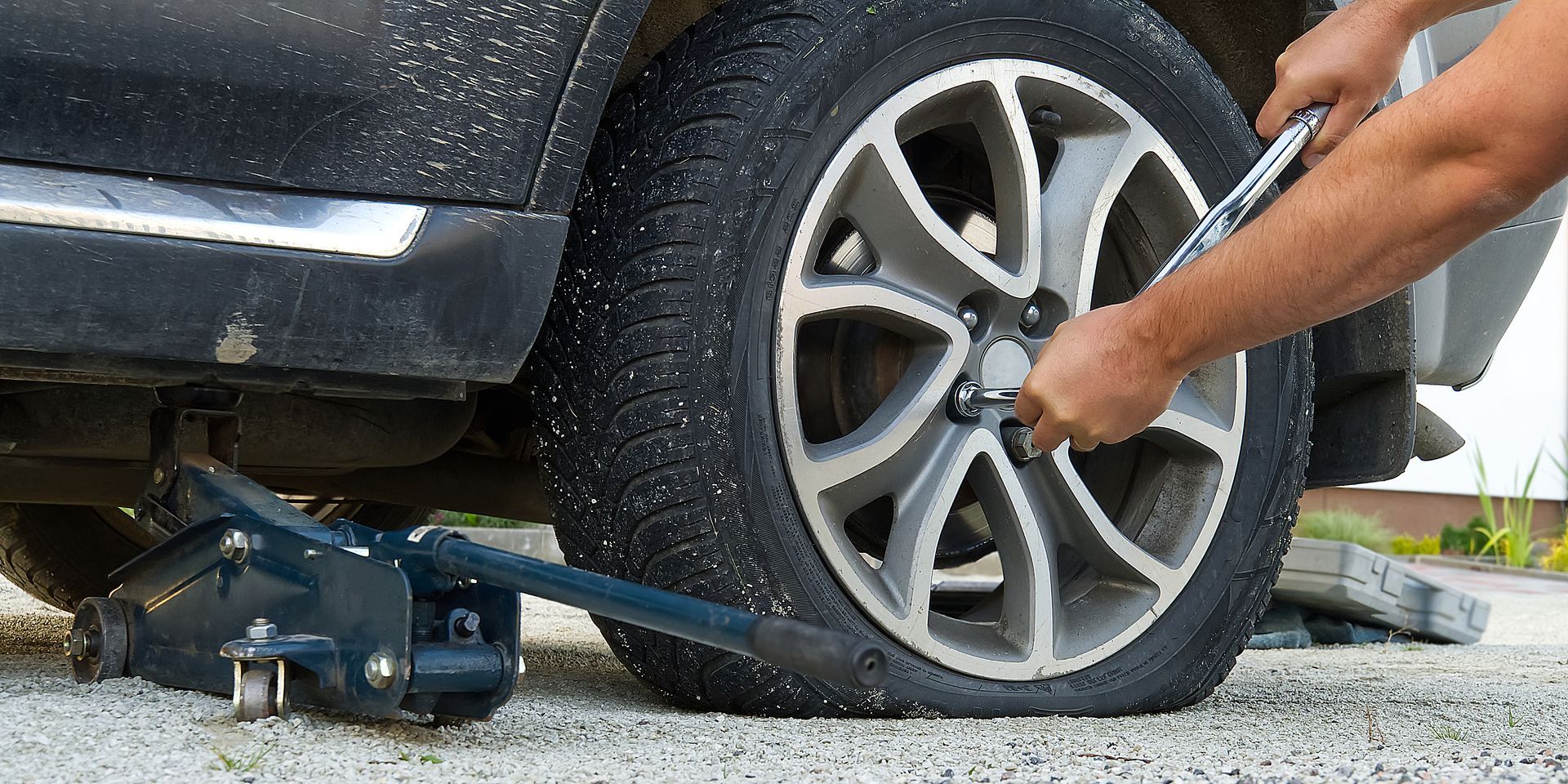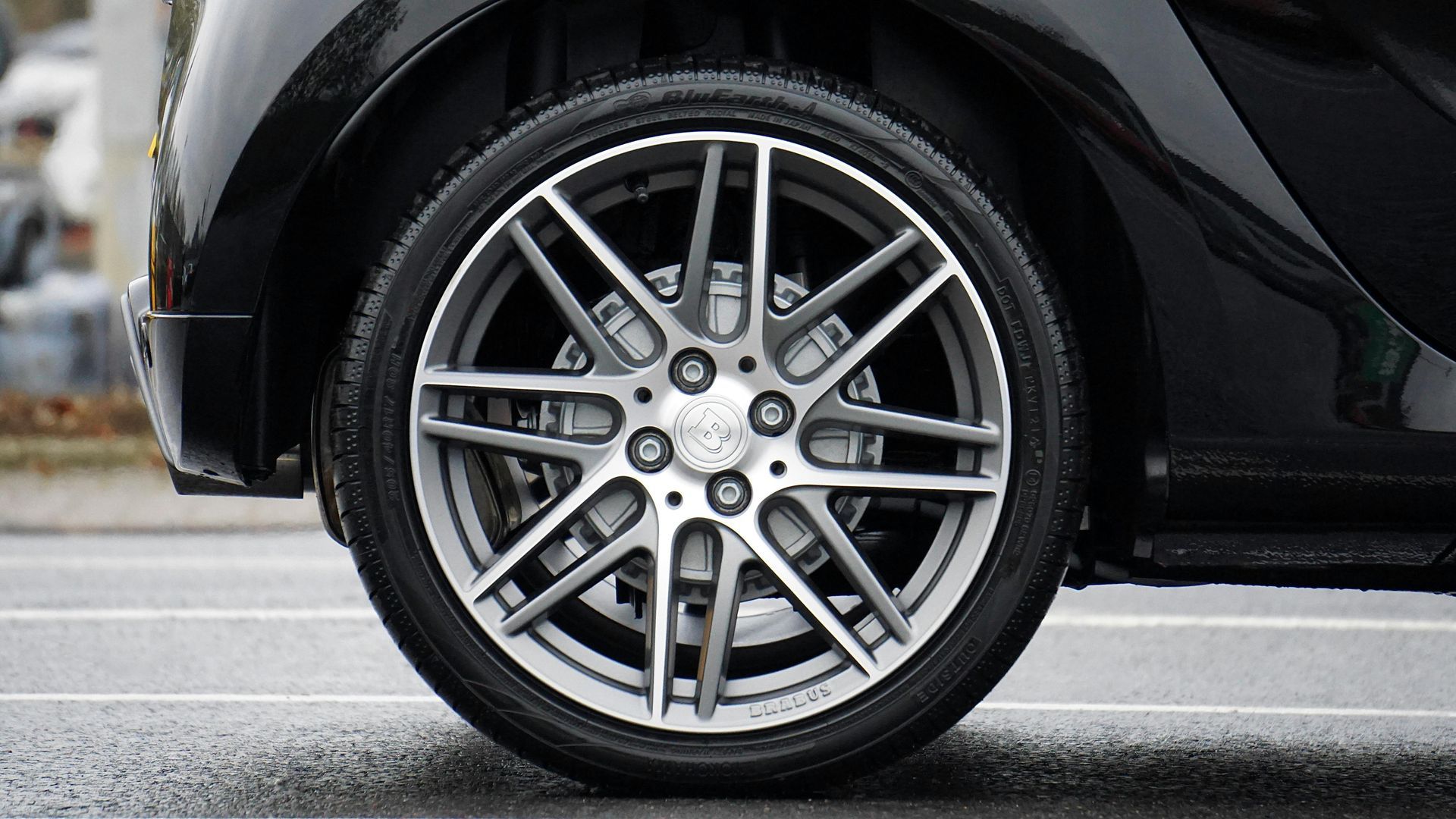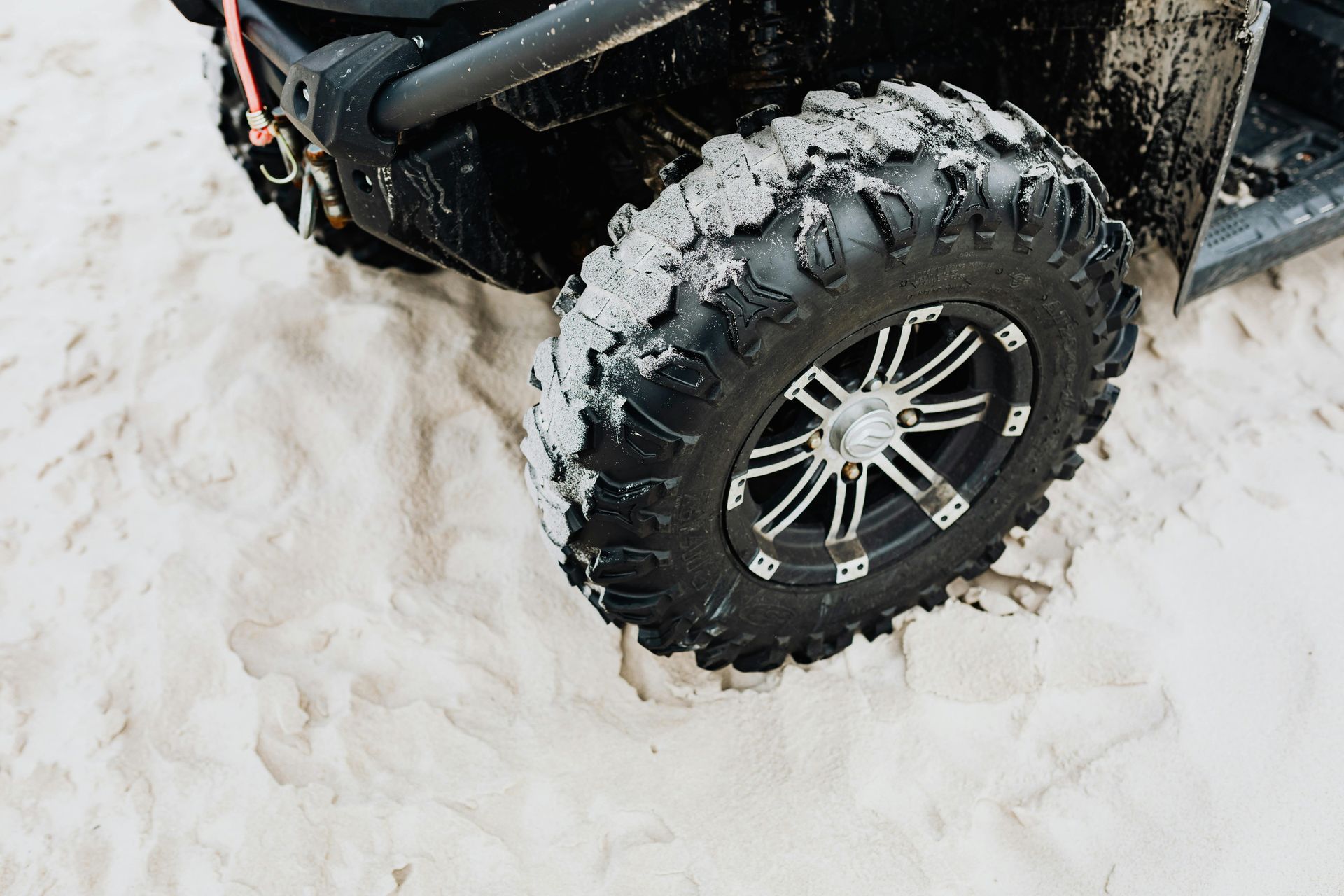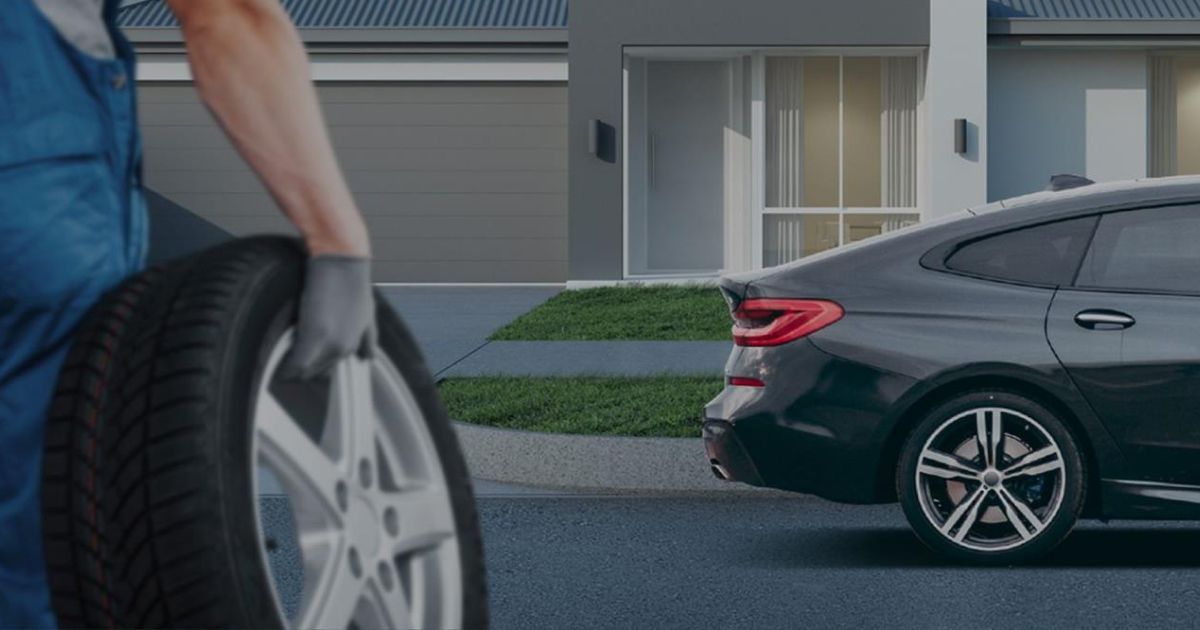If you find yourself with a flat tire and no spare , it can be a frustrating and potentially dangerous situation. However, there are several options and solutions available to help you navigate this emergency situation effectively.
Key Takeaways:
- Having a flat tire and no spare can be a stressful situation, but there are alternative solutions available.
- Consider keeping a tire repair kit in your car, as it can help you temporarily fix a punctured tire and inflate it.
- Run-flat tires are another option to consider, as they allow you to drive a limited distance even after a tire blowout or puncture.
- If you're unable to fix the flat tire yourself, contacting roadside assistance can provide you with professional help.
- It's essential to understand the shift away from providing spare tires in new vehicles and the importance of tire maintenance to prevent flat tires.
Using a Tire Repair Kit
If you find yourself with a flat tire and no spare , a tire repair kit can be a valuable tool to have in your car. These kits provide a temporary fix for punctured tires, allowing you to continue driving until you can reach a service station. A typical tire repair kit includes a sealant that can cover small punctures on the tire tread and an air compressor to inflate the tire.
To use a tire repair kit, start by locating the puncture on the tire. This can be done by visually inspecting the tire or listening for hissing sounds. Once you've found the puncture, you'll need to expand the hole using a probe tool provided in the kit. This will create a clean space for the repair plug. Next, insert the repair plug into the puncture hole, making sure it is securely in place. Finally, trim any excess plug material flush with the tire wall.
It's important to remember that a tire repair kit provides a temporary solution and should not be considered a permanent fix. It is recommended to have the tire fully repaired or replaced at the earliest opportunity. Additionally, not all punctures can be repaired using a tire repair kit. If the puncture is too large or there is damage to the sidewall, it may not be suitable for repair.
Overall, a tire repair kit can be a lifesaver in an emergency situation. By following the proper steps and using the kit correctly, you can patch a punctured tire and safely continue your journey.
Tire Repair Kit Step-by-Step:
- Locate the puncture on the tire.
- Expand the puncture hole using the probe tool.
- Insert the repair plug into the puncture hole.
- Trim any excess plug material flush with the tire wall.
Consider run-flat tires
If you find yourself in the unfortunate situation of having a flat tire and no spare, one option to consider is investing in run-flat tires. Run-flat tires are specifically designed to allow a vehicle to continue driving for a limited distance, typically around 50 miles, even after experiencing a puncture or blowout. This extended mobility can provide you with enough time to safely reach a service station or tire repair shop.
One of the key features of run-flat tires is their reinforced sidewalls, which are designed to support the weight of the vehicle even when the tire is completely deflated. This allows you to maintain control and stability while driving, reducing the risk of accidents or further damage to the tire. Additionally, some run-flat tires are equipped with tire pressure monitoring systems, which can alert you when the tire pressure is low, giving you peace of mind and allowing you to take appropriate action. Lug Wrench Heroes sells run flat tires if you are in the Phoenix, AZ metro area contact our team and we can help if you have a flat tire and no spare in Phoenix, AZ
The benefits of run-flat tires include:
- Extended mobility after a puncture or blowout
- Reduced risk of accidents or further tire damage
- Tire pressure monitoring for added safety
However, it's important to note that run-flat tires may not be suitable for all types of punctures or tire damage. It is crucial to regularly inspect and maintain your run-flat tires to ensure they are in good condition and can perform as intended in emergency situations. Additionally, consult with a tire professional to determine if run-flat tires are compatible with your vehicle and driving needs.
Contact Roadside Assistance
In situations where you find yourself with a flat tire and no spare, contacting roadside assistance can be the best course of action. Many car insurance companies offer 24-hour emergency services , providing you with the peace of mind that help is just a phone call away. Whether you need a tire replacement , towing, a battery jump-start, or lockout assistance, roadside assistance professionals are trained to handle these emergencies efficiently.
Having a reliable roadside assistance program is especially important if you are unable to repair or re-inflate your tire on your own. Keeping your cell phone handy allows you to easily access and communicate with the roadside assistance provider. They can dispatch a professional to your location who is equipped with the necessary tools and expertise to get you back on the road safely.
In addition to their prompt response, roadside assistance services can save you time and effort in dealing with a flat tire situation. Instead of struggling to repair the tire yourself or finding a nearby service station, you can rely on the expertise of professionals who can efficiently handle the issue for you. This allows you to focus on staying safe and minimizing any further damage to your vehicle.
Benefits of Contacting Roadside Assistance:
- 24-hour availability to handle emergencies
- Access to professional assistance with tire replacement and repairs
- Expertise in other emergency services such as towing and battery jump-start
- Saves time and effort in dealing with the flat tire situation
The Shift Away from Supplying Spares
In recent years, there has been a notable shift among car manufacturers when it comes to including spare tires as a standard feature in new vehicles. This change is primarily driven by the goal of making cars more fuel-efficient, as spare tires add extra weight that can affect fuel consumption. As a result, many car manufacturers have opted to exclude spare tires from their vehicle designs, offering them as optional purchases or not at all.
One popular alternative to traditional spare tires is the use of donut tires, also known as compact spare tires. These tires are smaller in size and lighter in weight compared to full-size spare tires, making them a suitable backup option for emergencies. However, even donut tires are not always included with new vehicles, leaving drivers with the need to explore other solutions when faced with a flat tire and no spare.
The prevalence of roadside assistance programs has played a significant role in diminishing the need for spare tires. With the availability of 24-hour emergency services , drivers can rely on professionals to assist them in changing a flat tire or provide a tow to the nearest service station. Additionally, advancements in technology, such as tire pressure monitoring systems, have allowed drivers to proactively monitor their tire health, reducing the likelihood of sudden tire failures.
While the shift away from supplying spares may initially seem inconvenient, it is essential for car buyers to understand the reasoning behind this change. By considering alternative options such as run-flat tires, tire repair kits, and roadside assistance, drivers can be prepared to handle flat tire situations effectively without relying solely on traditional spare tires.
Fixing a Flat Tire Without a Spare
In situations where you find yourself with a flat tire and no spare, there are alternative methods to temporarily fix the flat tire. Two common solutions are using a puncture sealant or a tire patch kit.
Using a Puncture Sealant
Puncture sealants come in gel or aerosol can forms and can be used to seal small punctures from within the tire. To use a puncture sealant , you first need to remove any foreign objects from the puncture site. Then, attach the sealant can to the tire's valve stem and fill it with the sealant. This will help seal the puncture and allow you to inflate the tire.
Using a Tire Patch Kit
A tire patch kit typically includes tools such as a rasp tool, threading tool, the plug itself, and cement or sealant to fix the puncture. To fix a puncture with a tire patch kit , first locate the puncture site by visually inspecting the tire or listening for hissing sounds. You can also feel for leaking air or create a mixture of soap and water to identify the leak through the formation of bubbles. Once the leak is identified, use the rasp tool to clean and roughen the puncture site , then insert the plug into the hole using the threading tool. Finally, apply cement or sealant to secure the plug in place.
While both methods provide temporary fixes, it is important to note that they are not permanent solutions. It is recommended to have your tire repaired or replaced by a professional as soon as possible. Additionally, these methods may not be suitable for all types of punctures, especially if there is damage to the sidewall or a large puncture.
Conclusion
Dealing with a flat tire and no spare can be a challenging situation, but with the right knowledge and preparation, you can effectively handle it. If you don't have a spare tire , there are still options available to you. Consider keeping a tire repair kit in your car, which can provide a temporary fix for a punctured tire. Alternatively, you may want to invest in run-flat tires, which can provide extended mobility even after a tire blowout.
It's also important to have access to a reliable roadside assistance program. This can give you peace of mind knowing that help is just a phone call away in case of any roadside emergencies , including flat tires. Additionally, understanding the shift away from providing spares as a standard feature in new vehicles can help you make informed decisions when purchasing a car.
Remember, flat tire prevention is key. Regular tire maintenance and inspections can help identify potential issues before they become a problem. Checking your tire pressure regularly and keeping an eye out for any signs of wear or damage can go a long way in preventing flat tires and ensuring tire safety. By staying prepared and proactive, you can navigate the unexpected and stay safe on the road.
FAQ
What should I do if I have a flat tire and no spare?
If you find yourself with a flat tire and no spare, there are several options and solutions to consider. You can use a tire repair kit, purchase run-flat tires, contact a mobile tire repair company like Lug Wrench Heroes, or contact roadside assistance for help.
How does a tire repair kit work?
A tire repair kit typically includes a sealant that can cover small punctures on the tire tread and an air compressor to inflate the tire. This temporary fix allows you to drive to a service stop for a full repair or replacement.
What are run-flat tires?
Run-flat tires are designed to allow your vehicle to travel a limited distance at a reduced speed even after a puncture or tire blowout. They can provide extended mobility of around 50 miles, giving you time to reach a service station.
Can I rely on roadside assistance for a flat tire?
Yes, most car insurance companies offer 24-hour emergency roadside assistance, which includes tire replacement services. Having a reliable roadside assistance program ensures help is just a phone call away.
Why are spare tires becoming less common?
Car manufacturers are excluding spare tires from new vehicles to reduce weight and improve fuel efficiency. Donut tires are now often offered as optional purchases instead of being included with the vehicle.
How can I fix a flat tire temporarily without a spare?
You can use a puncture sealant or a tire patch kit to fix a flat tire temporarily. Puncture sealants seal small punctures from within, while tire patch kits provide tools to patch the puncture.
What should I consider to prevent flat tires?
Regular tire maintenance and inspections can help prevent flat tires. Checking tire pressure, tread depth, and detecting any signs of damage can ensure your tires are in good condition.














